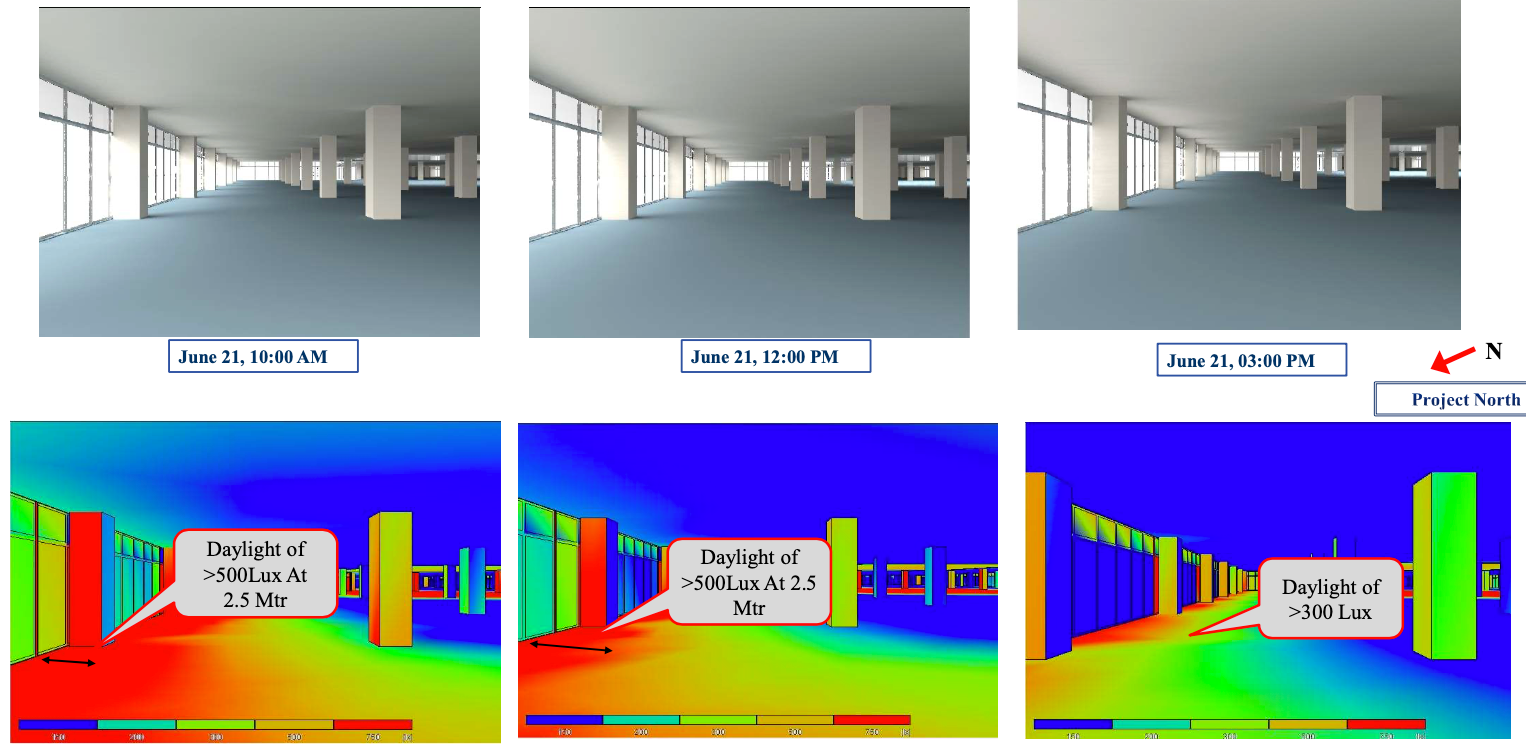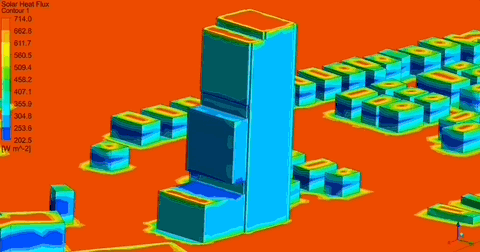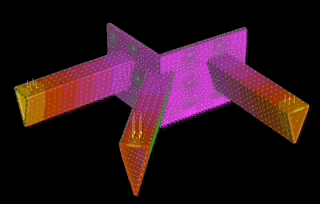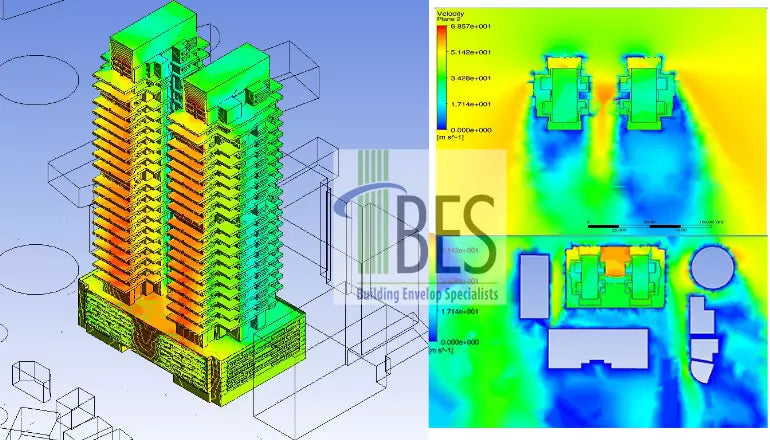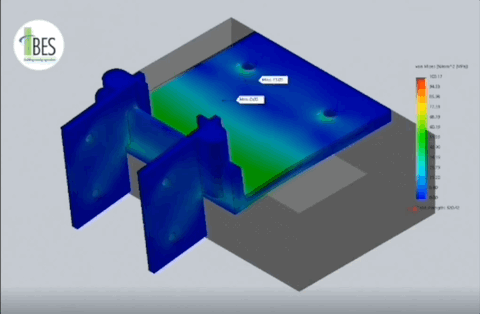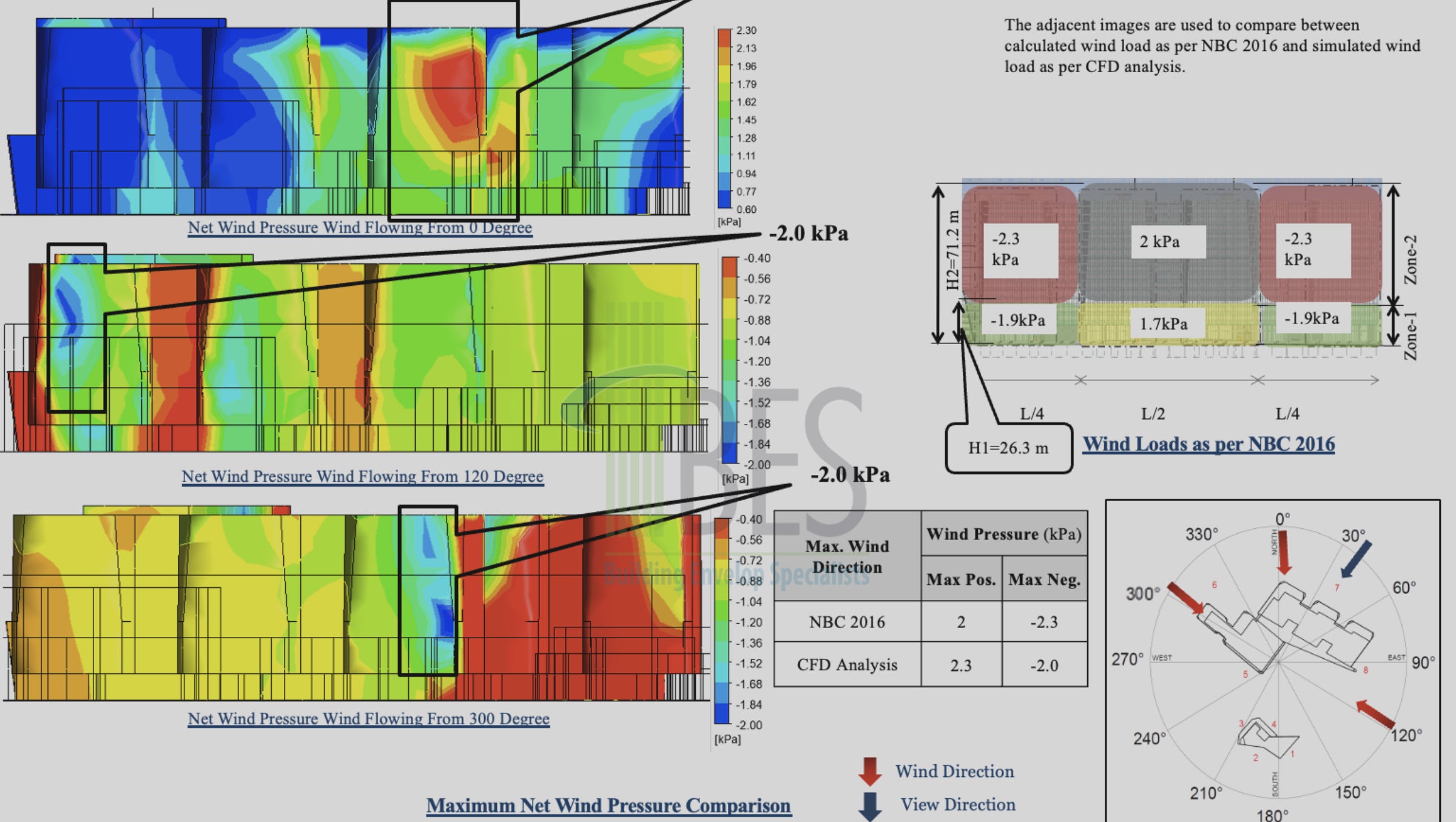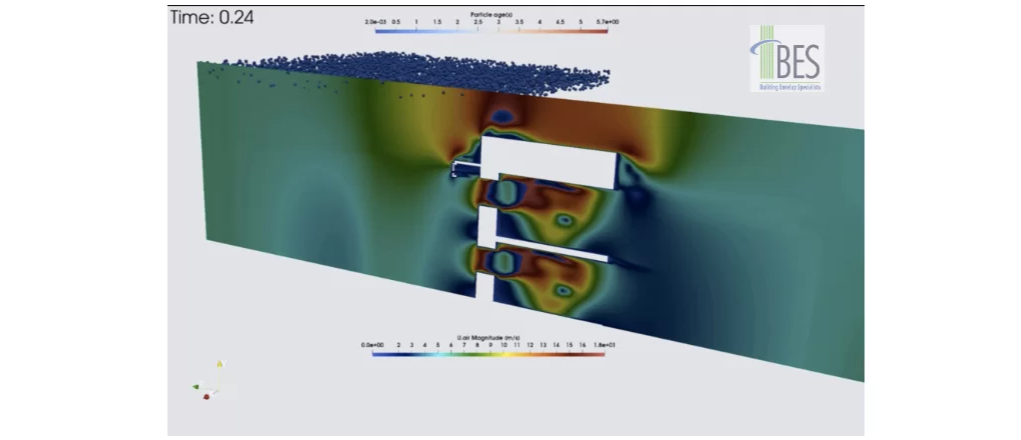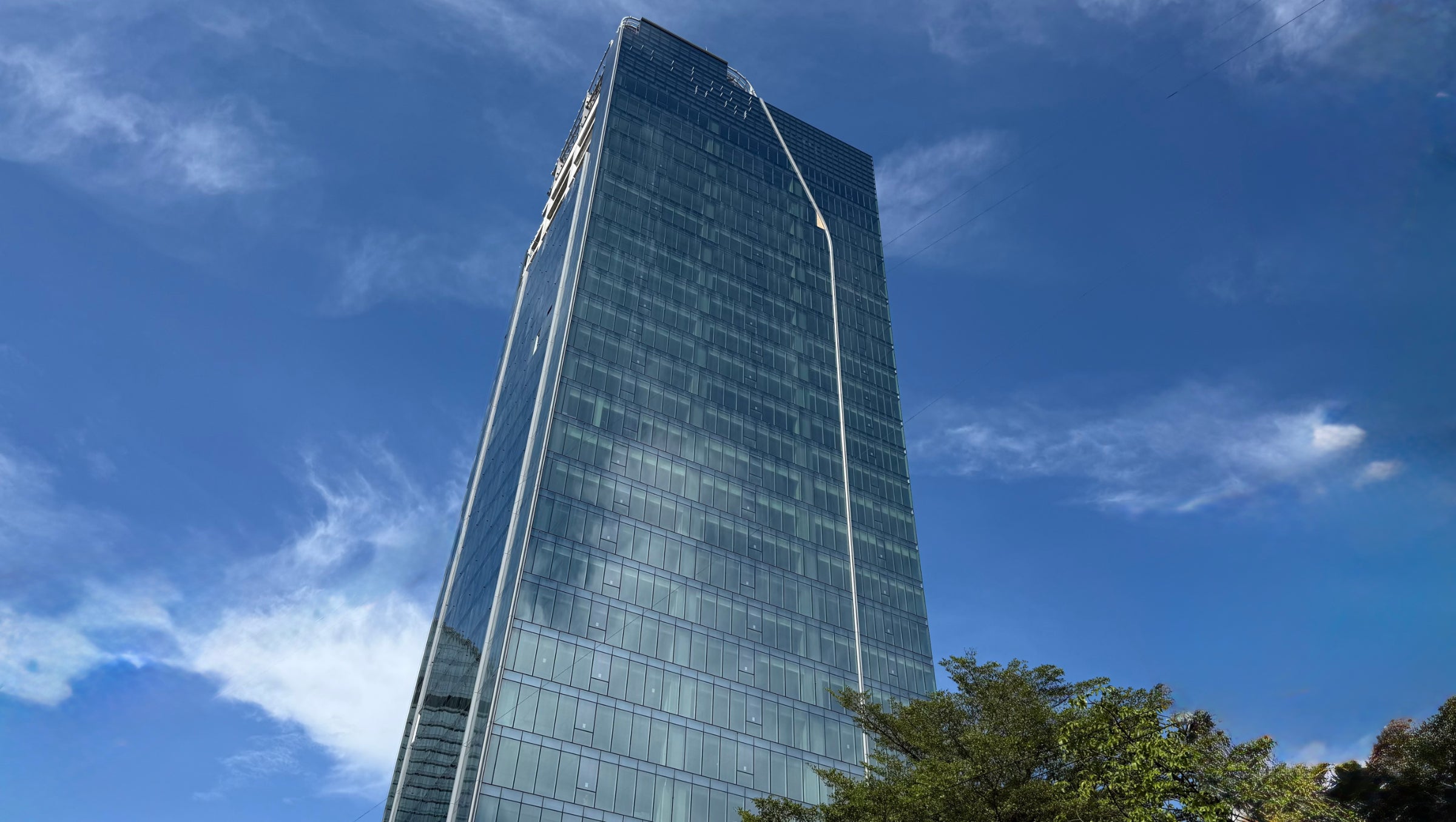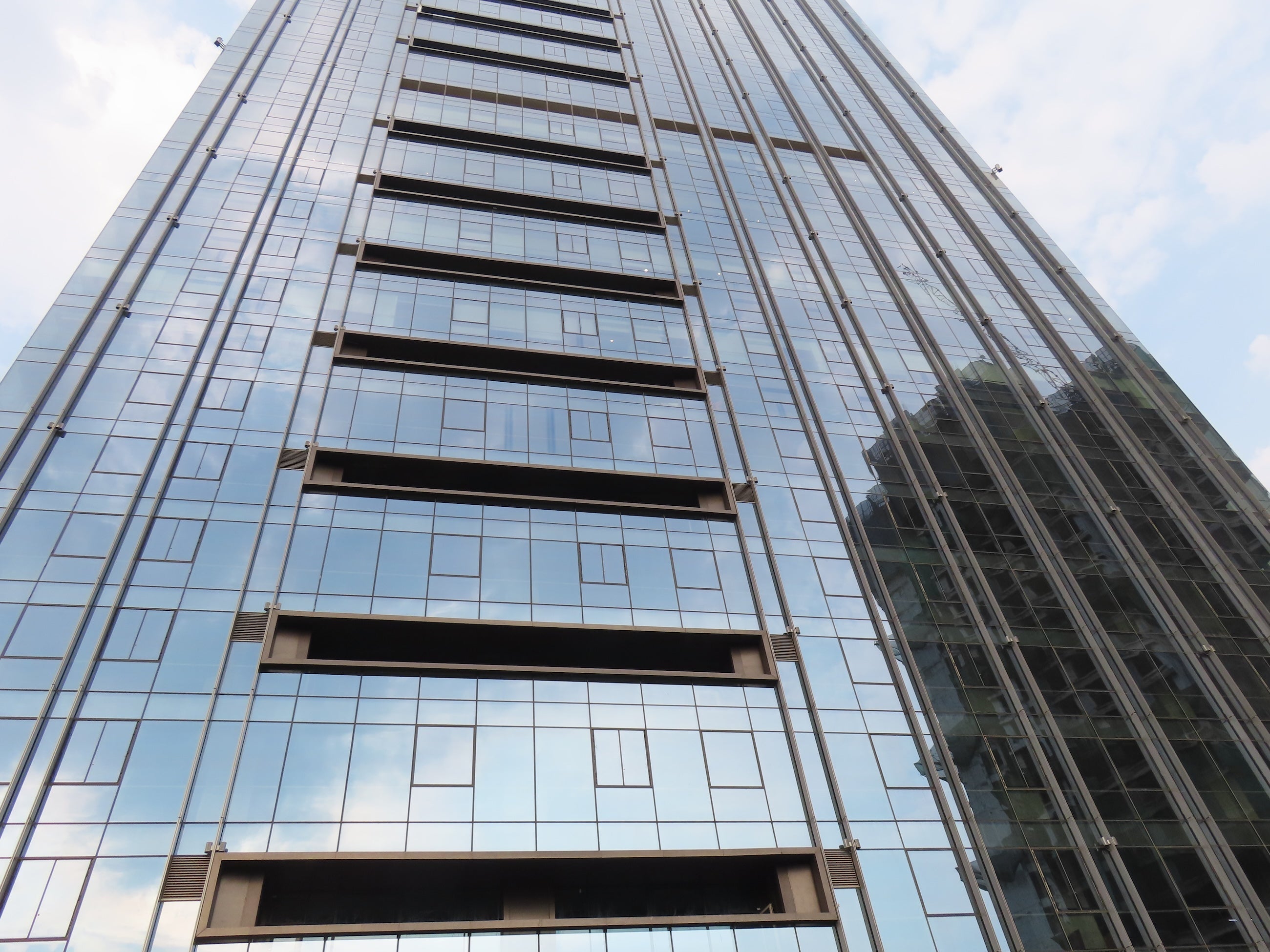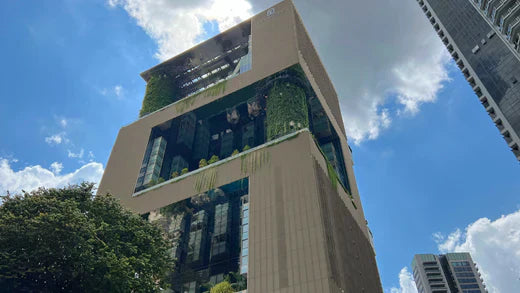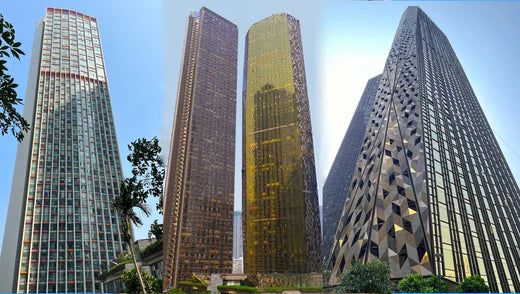Building Performance Analysis
We help to maximise performances and achieve highly optimised designs
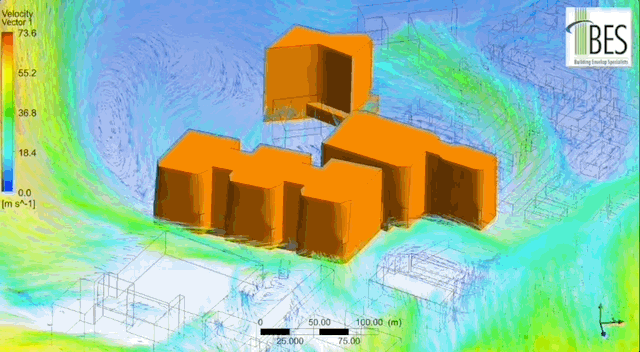
How do we predict Engineering behaviours precisely
BES offers Wind Engineering services for the Architectural and Building sector using Computational Fluid Dynamics (CFD) techniques. Similar technologies are used in the Automobile and Aerospace industries.
These advanced technics have helped BES in delivering fully integrated and Highly optimized design solutions for Architectural and Building problems. Wind engineering studies are applied to Architectural design at the micro or micro-level ranging from various stages covering masterplan level to building layouts and facade designs.
BES has implemented this skills on several high rise facades engineers, achieved optimised and economical design solutions.
Building Performance Analysis
BES leverages state-of-the-art design tools and cutting-edge technologies to enhance, optimize, and extend the boundaries of wind engineering design.
Our advanced design studies deliver efficient and cost-effective solutions that not only improve building performance but also enhance occupant comfort.
- Wind Simulations – Accurate modeling to predict wind impact on buildings and surroundings.
- Natural Ventilation Studies – Optimizing airflow for sustainability and occupant well-being
- Engineering Optimizations – Smart design solutions that balance performance, cost, and efficiency
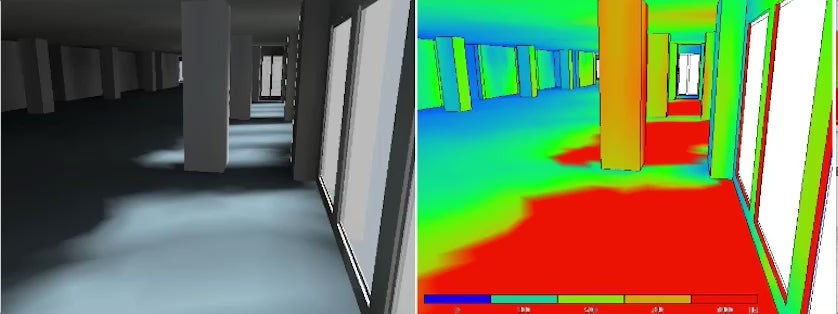
Daylight Simulations to Optimise Natural Lights
BES teamwork on advanced simulation tools, techniques to optimize natural daylights, achieve energy efficiency, thermal comforts, and arrive at appropriate glazing designs and glass specifications. Performances are arrived at based on detailed analysis and verifications, not just working on thumb rules or assumptions
Better Understanding of Wind and Rain
Multi phase CFD simulation completed by BES to study the rain water penetration through an ventilation (louvred) opening. This has help the architect to verify the ventilation opening of the lift corridor, the simulation helped the team otherwise it requires expensive laboratory testing.
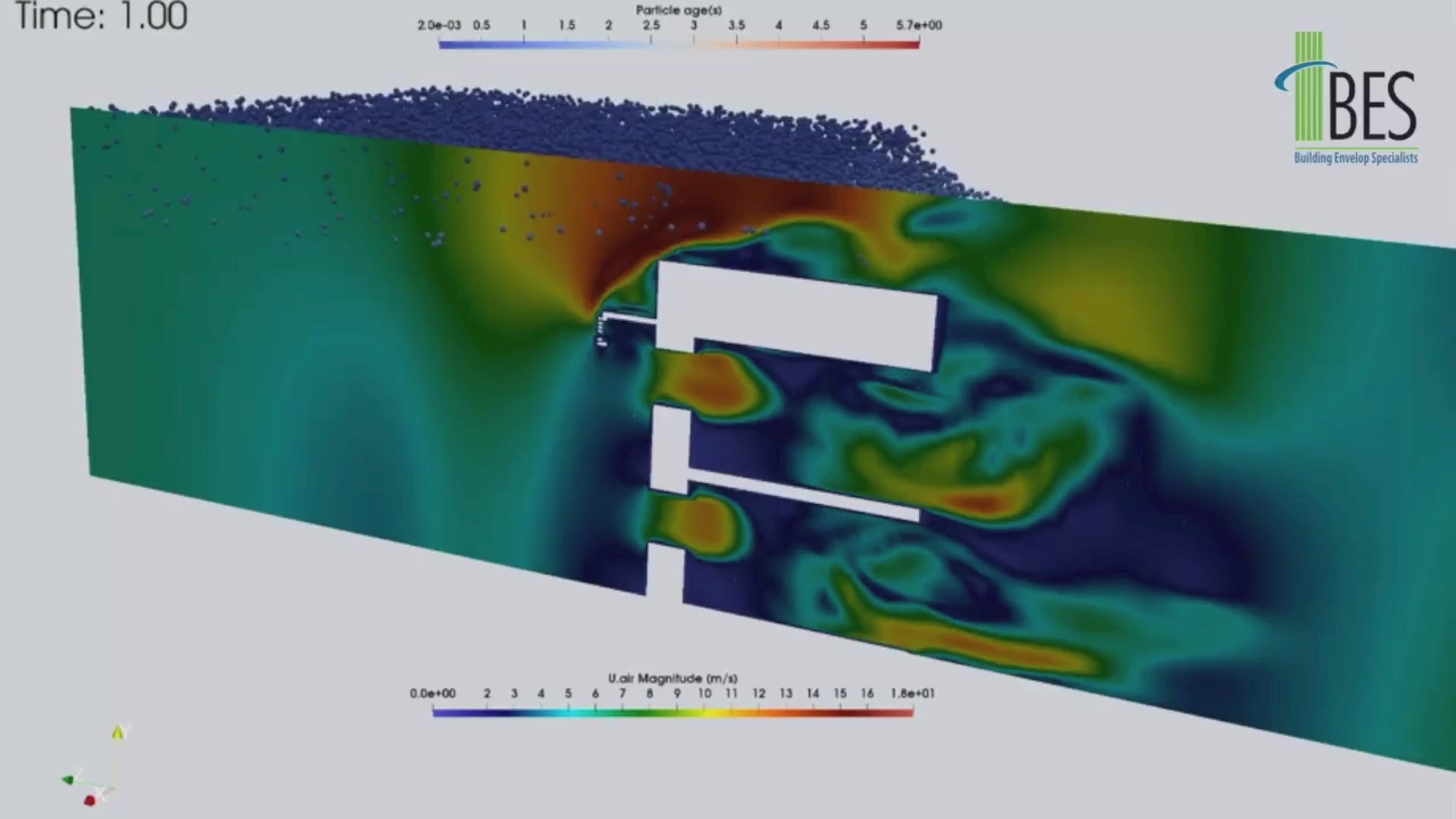
Project : Normanton Park Condominium, Singapore
BES conducted a detailed study to analyze and quantify rain penetration through the lift corridors of residential apartments. The objective was to evaluate and recommend the most effective louvre ventilation shapes and profiles that would allow natural airflow while protecting against rainwater ingress. The results of the study enabled the architect to confidently finalize the design of naturally ventilated common spaces, such as lift corridors, ensuring both comfort and weather protection for occupants.
This study was carried out in compliance with Singapore BCA Green Mark guidance. Leveraging our advanced simulation capabilities, BES supports clients in achieving higher levels of sustainable design and improved Green Mark ratings.
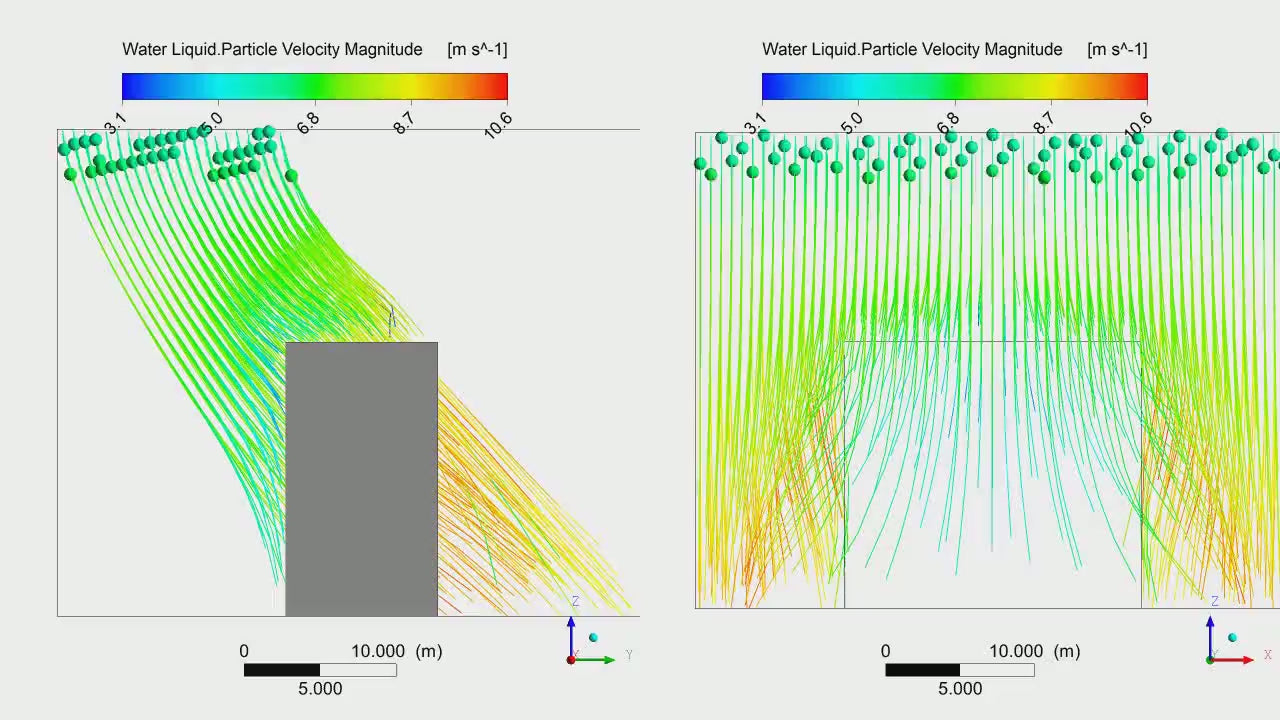
Simulation of Rain on Buildings
Our Advance simulations helps architects and designers to predict performances and sharpen the designs. Design assumptions are verified with state of art tools and techniques.
Wind driven rain and its impact on tall buildings are analysed using simulation tools, able to enhance envelope designs and minimise adverse impact such as risk of water leakages thro envelopes
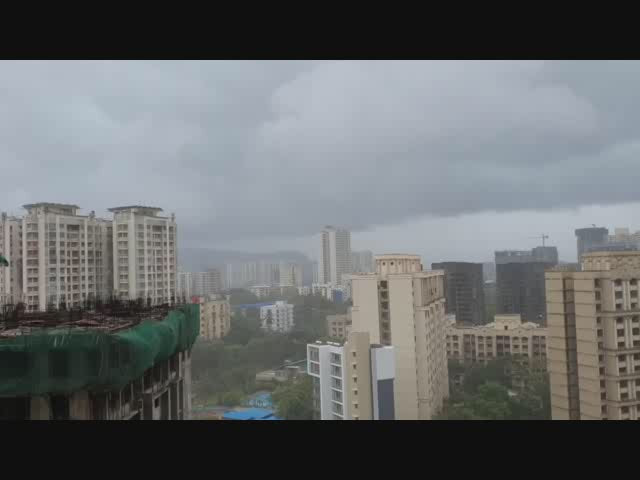
We understand nature challenges better
Understand the power of nature and enhance design skills. Facade engineering and design need to visualize challenges to make designs better. Our team use high tech tools and gadgets, helps in getting insights of design behaviours, data from the site implementations. Helps to improve our designs and efficiency.

